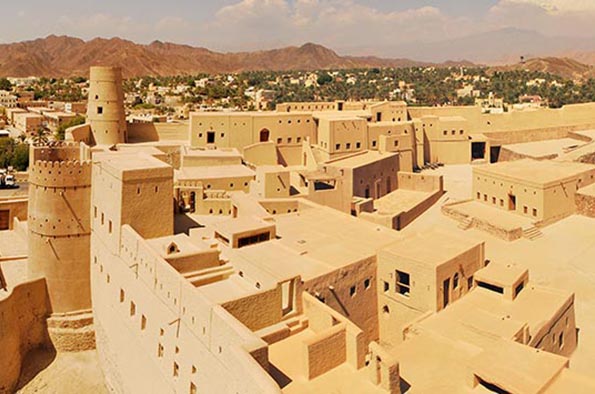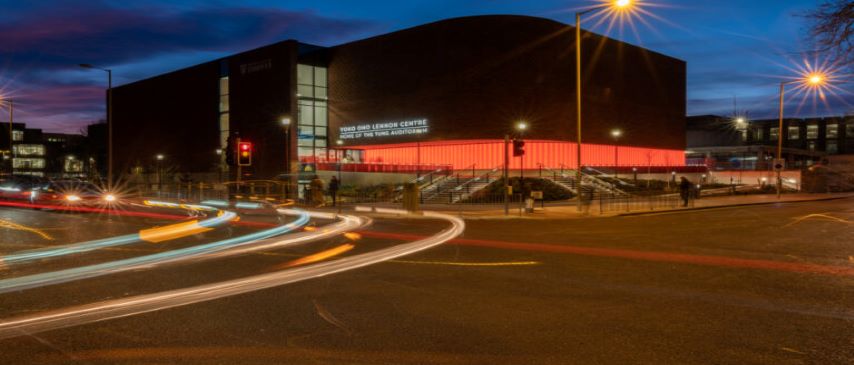
Between the sand and the sea: Oman’s architectural heritage
- Dr Helen Thomas (School of the Arts)
- Suitable for: All welcome
- Admission: Free
- Book now
Add this event to my calendar
Click on "Create a calendar file" and your browser will download a .ics file for this event.
Microsoft Outlook: Download the file, double-click it to open it in Outlook, then click on "Save & Close" to save it to your calendar. If that doesn't work go into Outlook, click on the File tab, then on Open & Export, then Open Calendar. Select your .ics file then click on "Save & Close".
Google Calendar: download the file, then go into your calendar. On the left where it says "Other calendars" click on the arrow icon and then click on Import calendar. Click on Browse and select the .ics file, then click on Import.
Apple Calendar: The file may open automatically with an option to save it to your calendar. If not, download the file, then you can either drag it to Calendar or import the file by going to File >Import > Import and choosing the .ics file.
Architects have a vital role to play in the study and preservation of our historic built environments. Professor Soumyen Bandyopadhyay’s vividly illustrated talk will draw on his experience as architectural historian and heritage advisor in the Sultanate of Oman located in the south-eastern corner of the Arabian Peninsula. He will talk about how human and social interactions across the Indian Ocean have impacted on the historical architecture of the Arabian Peninsula. The settled region of Oman is indeed like an island bound by the sea on the one side and the desert ‘sea’ on the other. Omani vernacular settlements range from the introspective oases of the interior to the more ‘cosmopolitan’ coastal towns and are the products of exchanges between the sea and the desert. This lecture will illustrate the diversity of Omani vernacular settlements and how exchanges of people, products and political intentions have shaped their urban form, organisation and architecture. The second part of the talk will illustrate how research on settlements could shape sustainable development of vernacular towns and villages. The tourism development and heritage management project for Misfat Al-‘Abriyin in Oman employed the social, historical and cultural understandings to shape and implement a master plan, with the aim to safeguard heritage and bolster local community and tourism development.
Second of five FREE Public Lectures in the Arts promoted by the University of Liverpool on the theme 'Beauty, Utility, Time'
